Scroll down to continue...
Best viewed
on a desktop
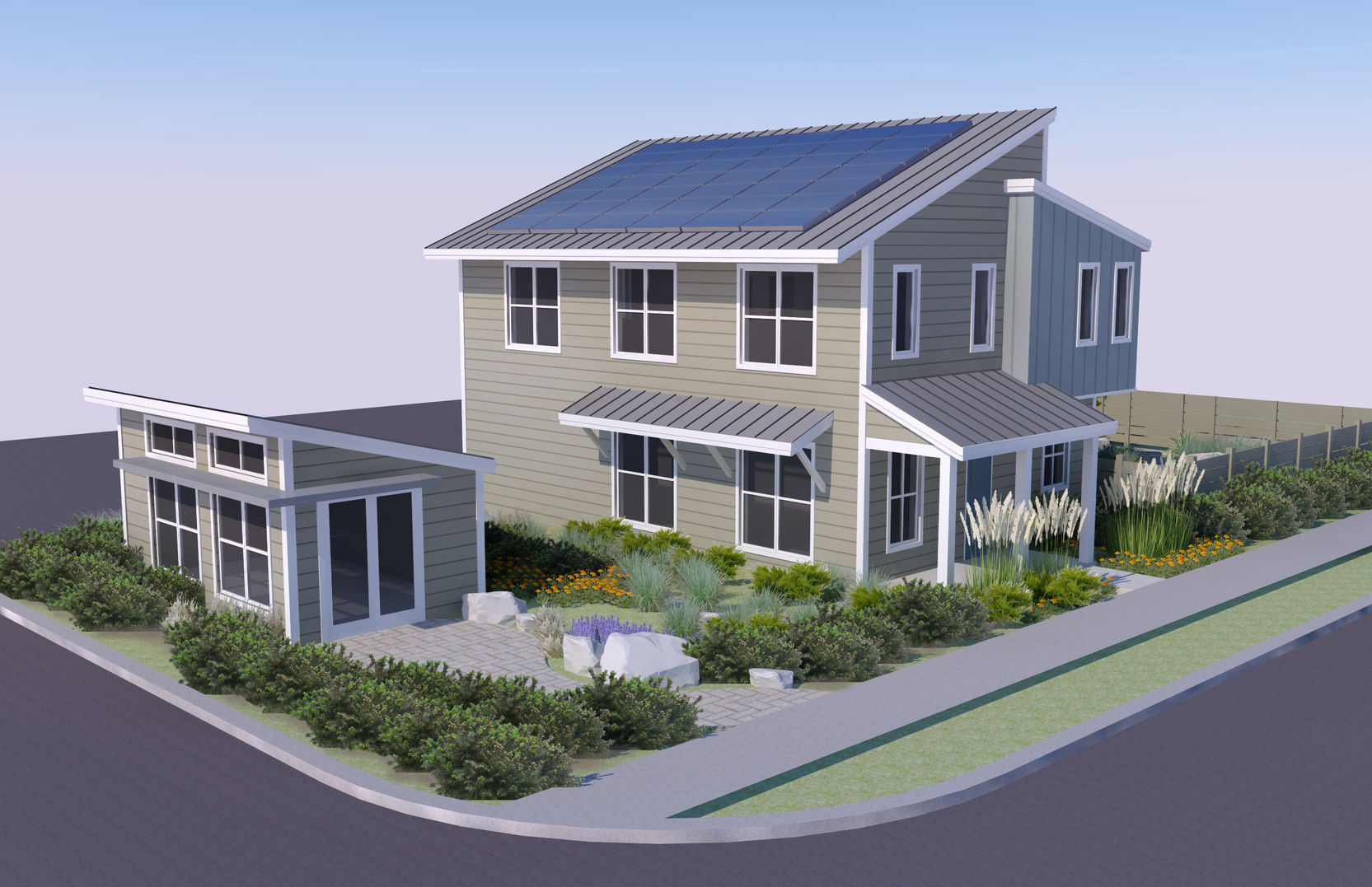
Is this the world’s most high tech house?
By Jeremy Williams
Welcome to the Honda Smart Home.
It’s on the Davis campus of the University of California, and it’s a concept house bringing together Honda’s legendary innovation with the university’s best thinking on sustainable design.
The result is a zero-carbon house that is so energy efficient that it’s actually energy positive. It produces enough electricity to run the house and an electric car, with a surplus that can be sold into the grid.
Let’s take a tour.
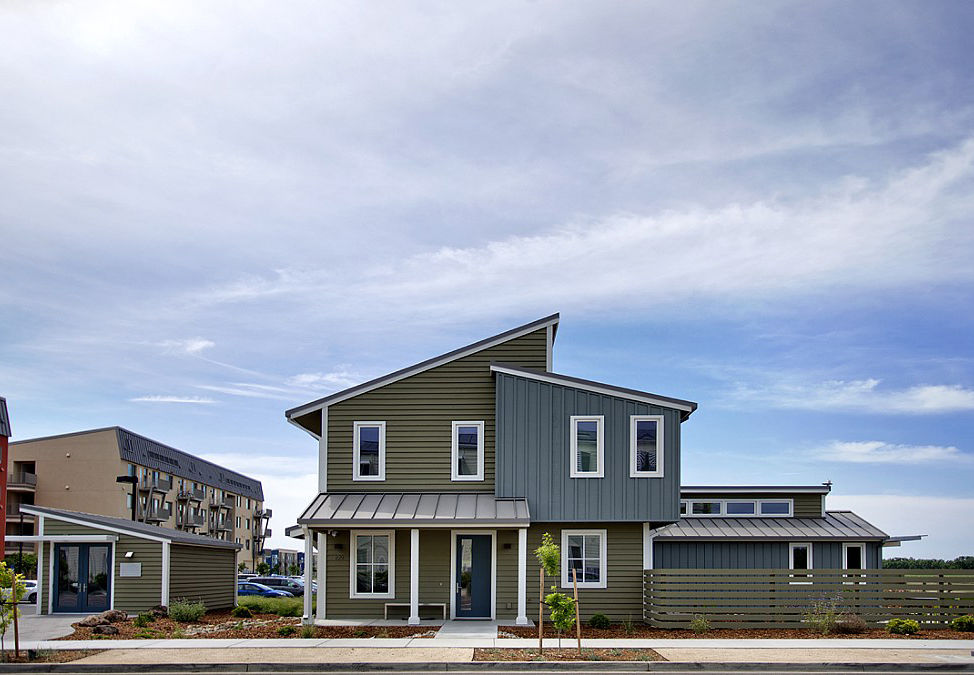
The Smart Home uses passive design techniques, orienting the building to make the most of natural light and ventilation.
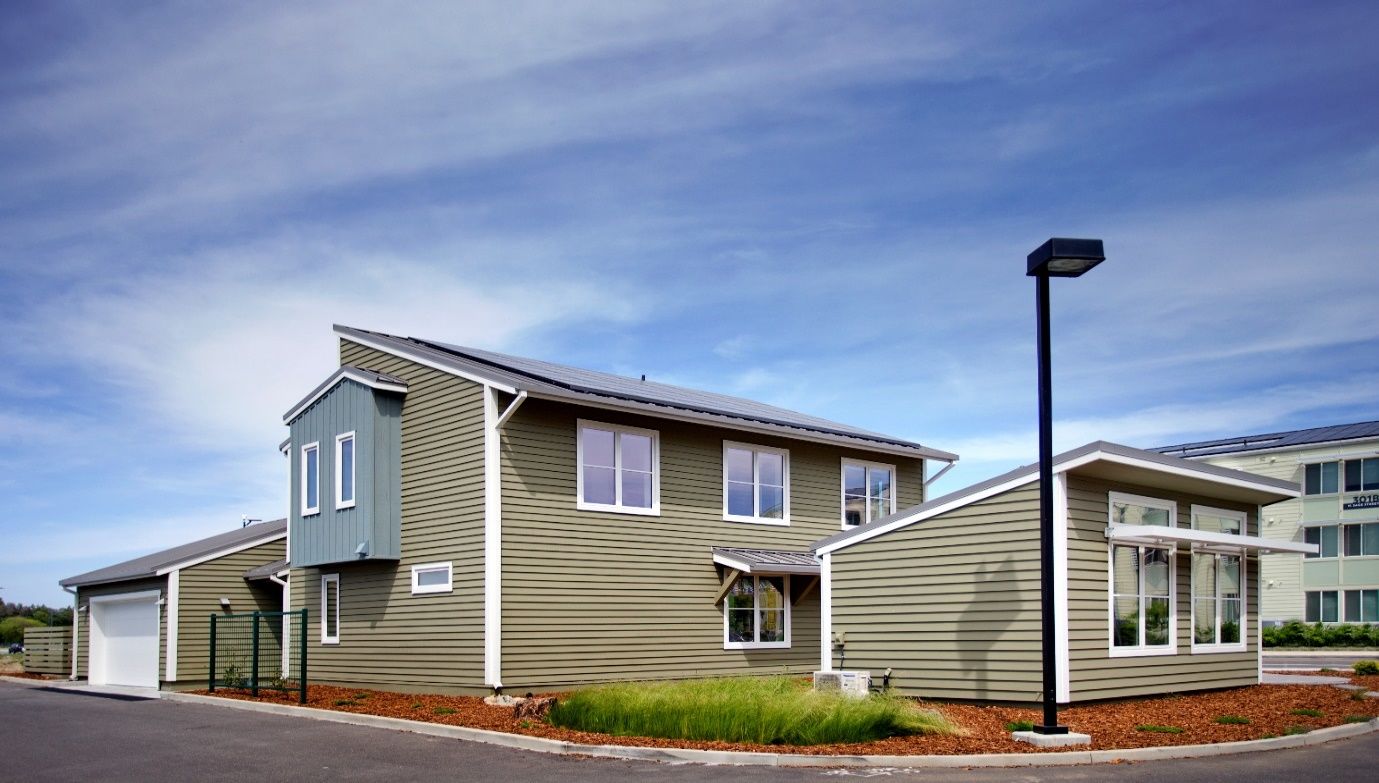
This captures solar heat in winter and shades the house in summer.
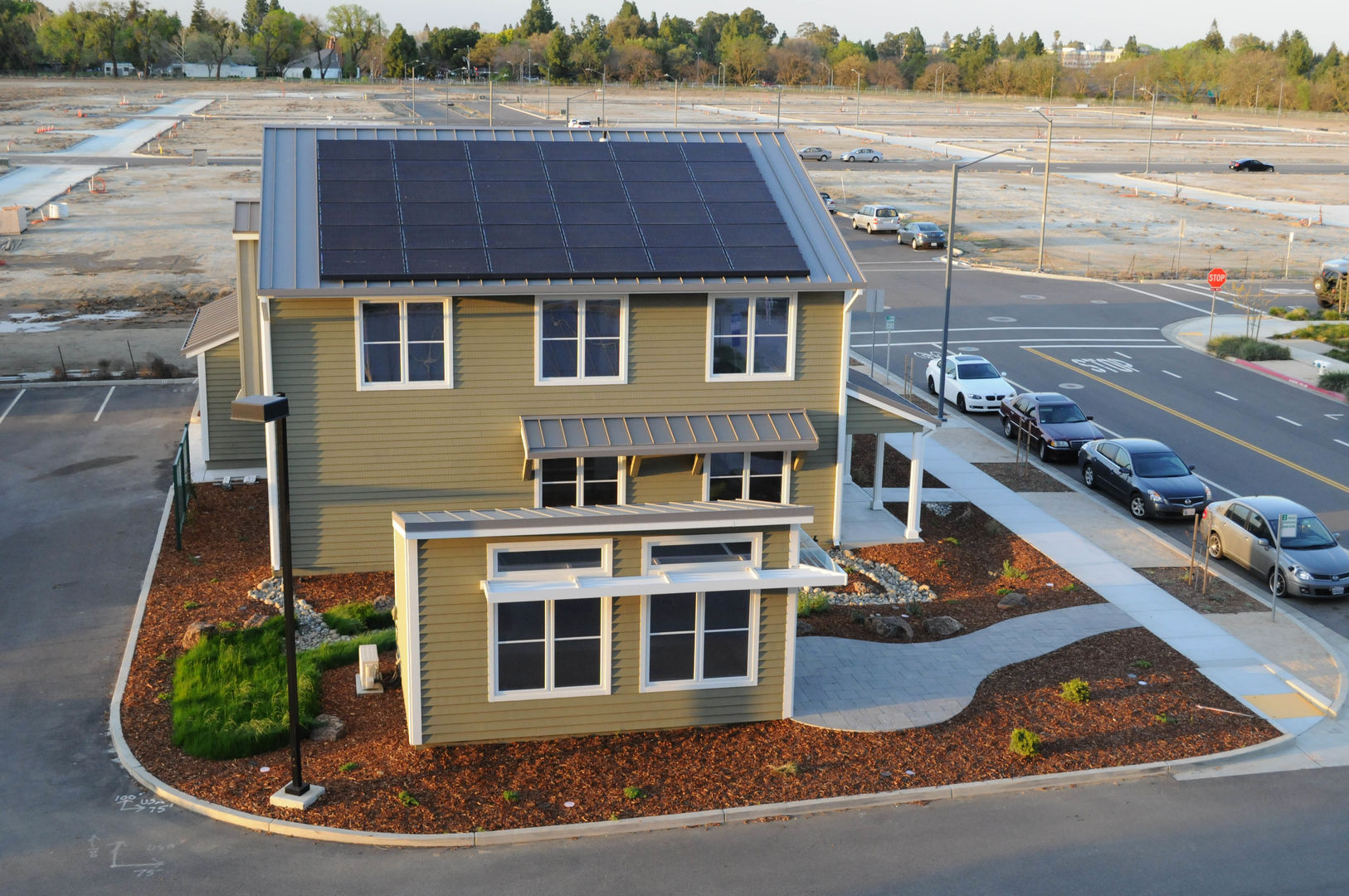
A solar array on the roof provides 100% of the home’s electricity needs.
In order to optimise energy use, the solar panels are connected to a sophisticated Home Energy Management system. The system allows the house to run as its own micro-grid, thanks to a large battery in the garage. This is charged during the day to provide power at night. It also evens out intermittent supply from the panels, kicking in to top up supply on cloudy days.
Being in California, the house doesn’t need a great deal of heating, but any extra warmth or cooling required is handled by a ground source geothermal system. The air-tight construction and superior insulation make the house easy to maintain at a constant temperature.
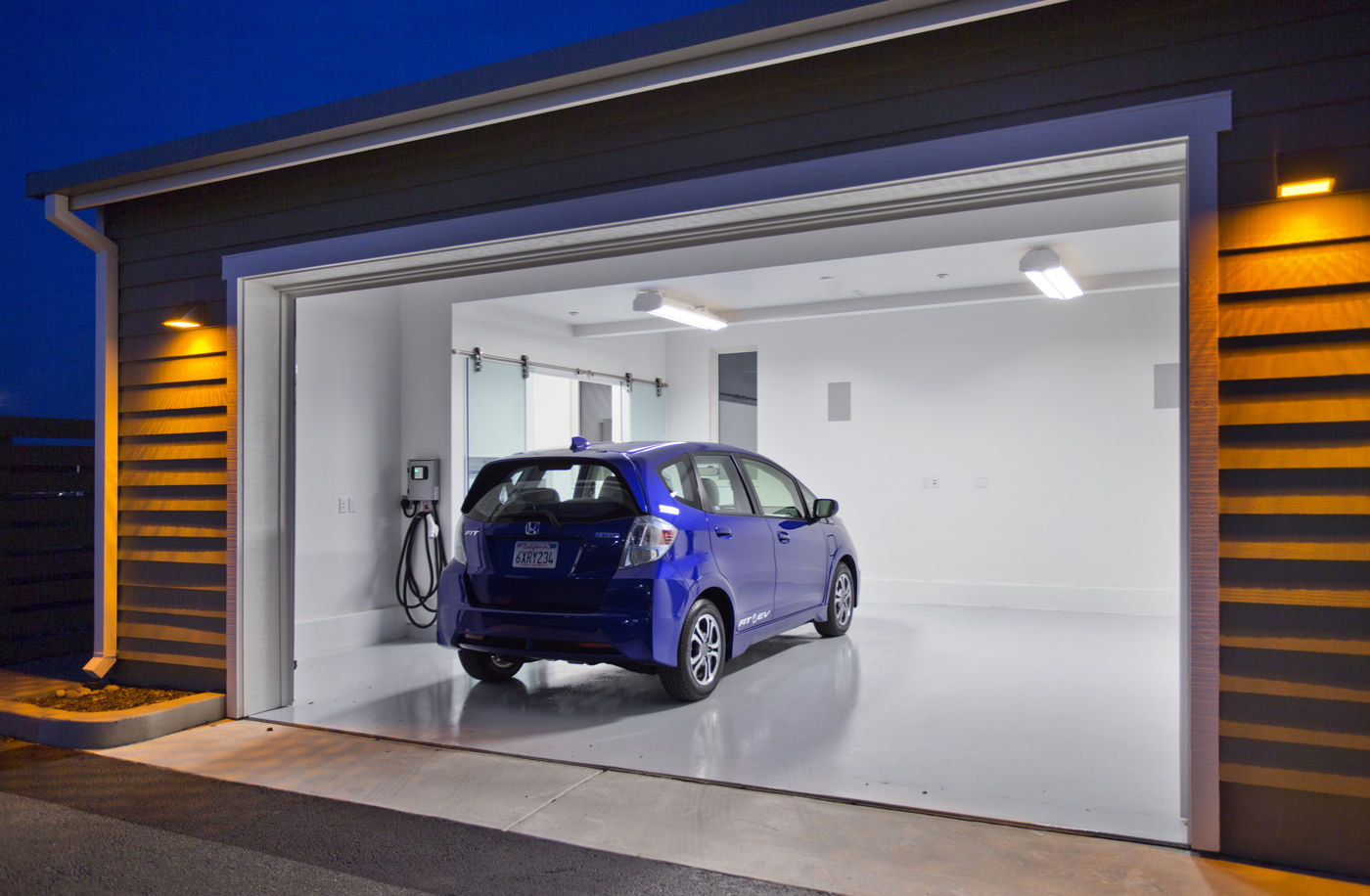
As you might expect from Honda, the electric car is integral to the design.
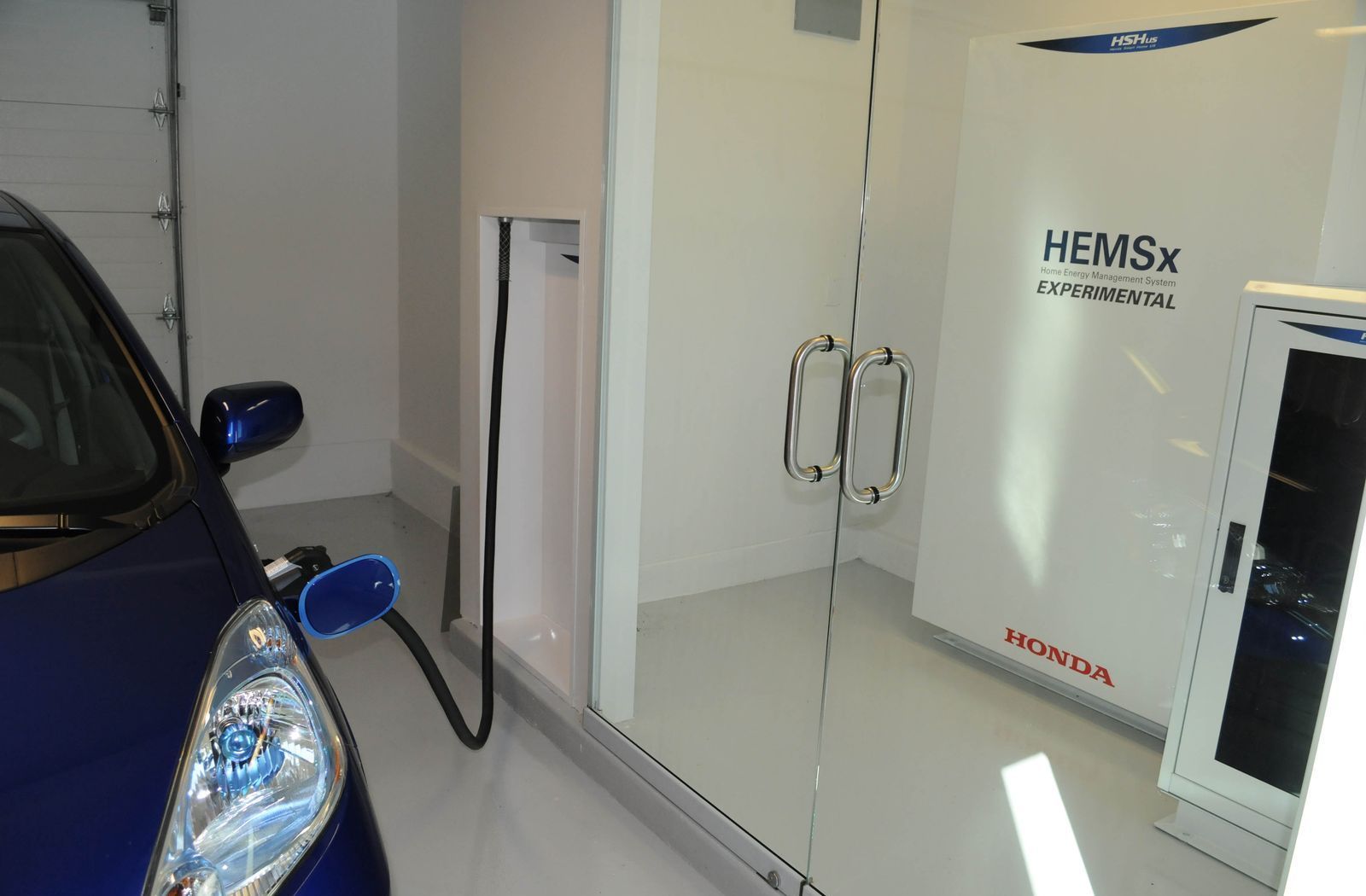
The Home Energy Management System balances the car and home battery and charges the car at times of low energy demand.
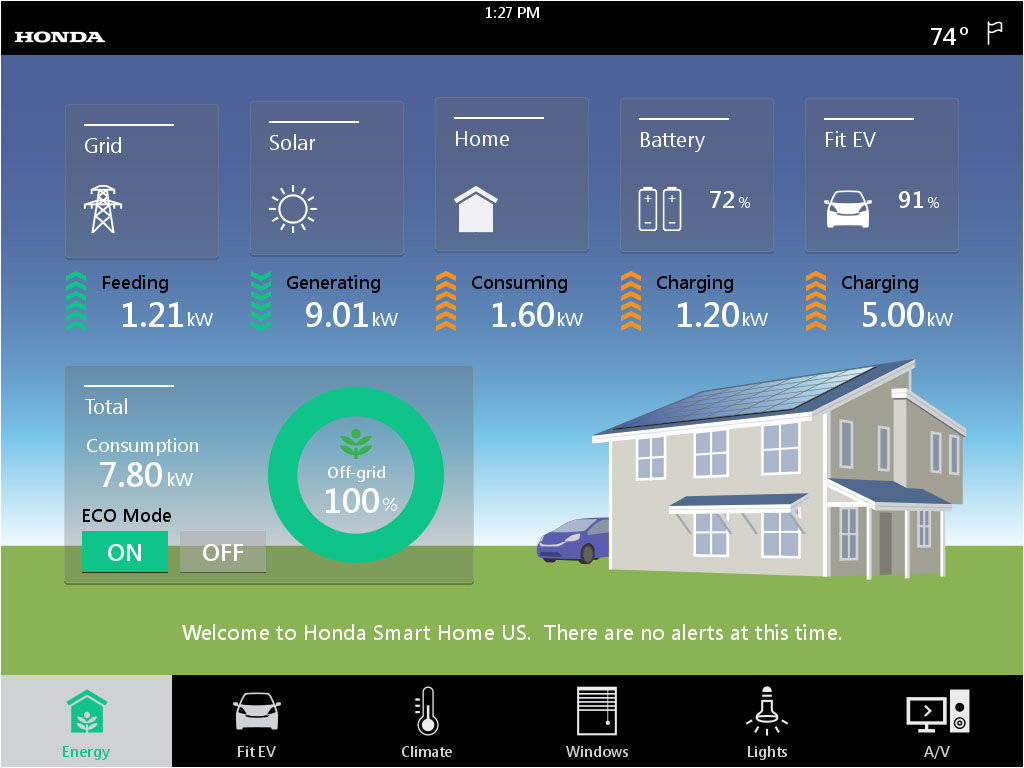
Residents can monitor the state of batteries and the performance of the house through a tablet app.
The innovative construction of the house extends to the materials. Sustainably sourced timber was used extensively. Since concrete is very carbon intensive, a naturally occurring volcanic ash was used in the mix to reduce the amount of cement required.
The designers chose a metal roof, which captures rainwater for irrigating the garden. Since the area is prone to storms, the space around the house is designed as a rain garden. This allows rainwater to run off slowly, collecting in a pond that also serves as a habitat for butterflies, frogs and other local wildlife.
The attention to detail extends to the interiors too.
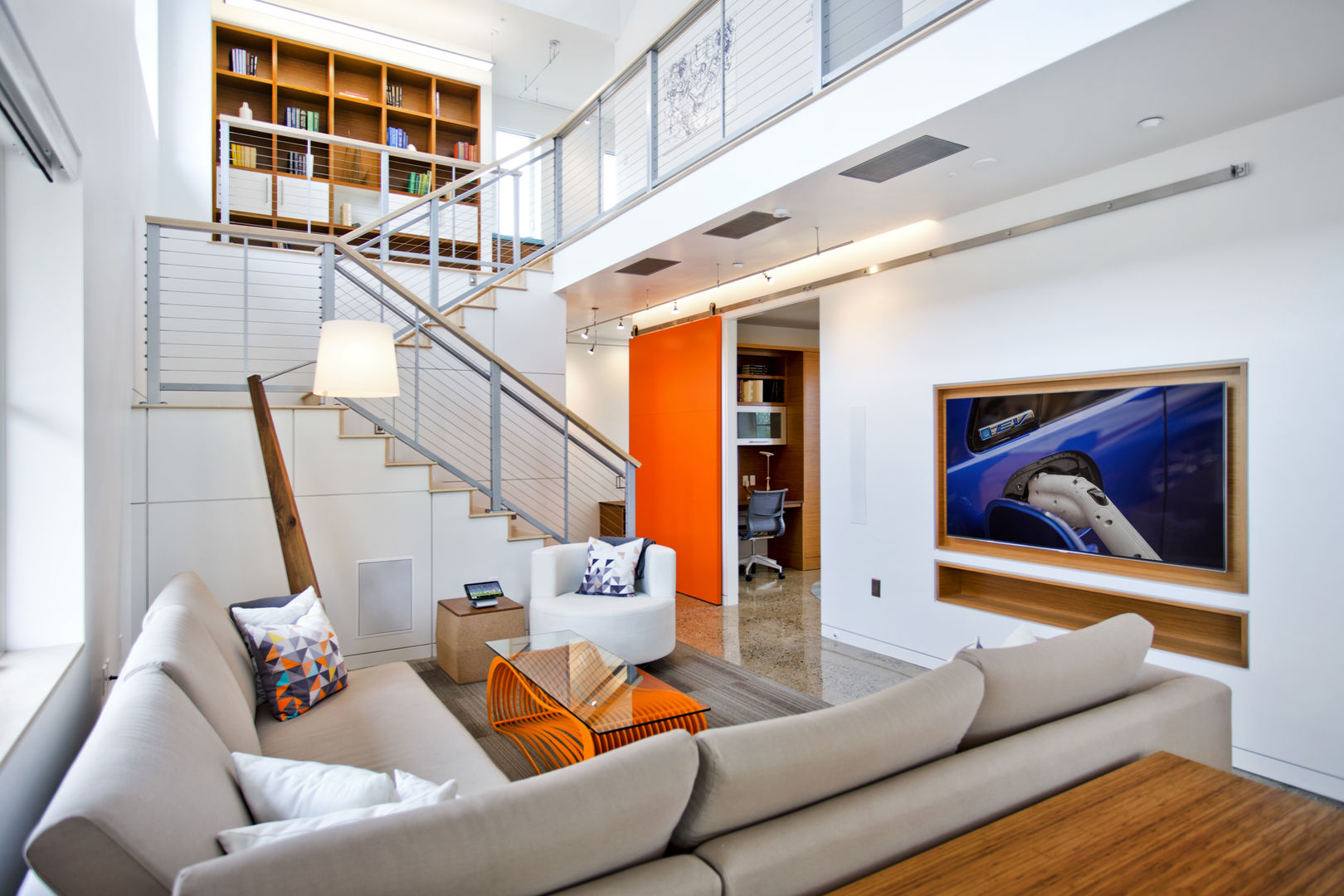
Inside of the house has been designed to use natural light.
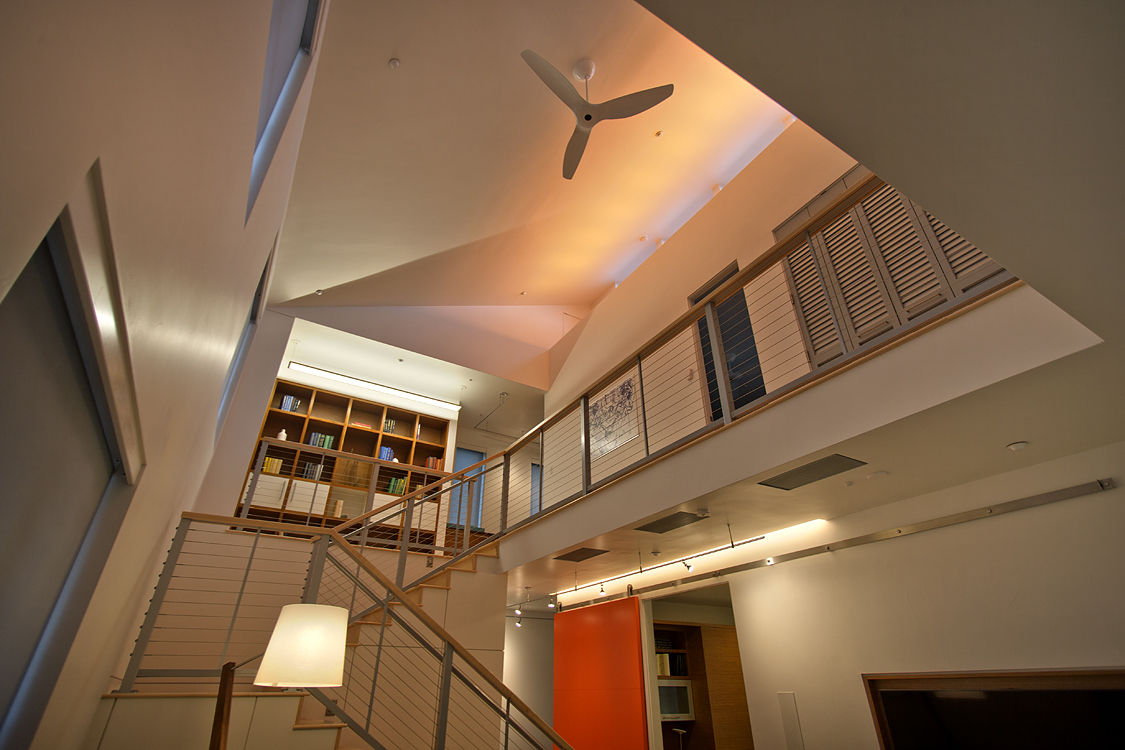
The ‘Adaptive Circadian Lighting’ adjusts the lights to reflect natural rhythms - more blue light in the mornings and warmer orange light in the evening.
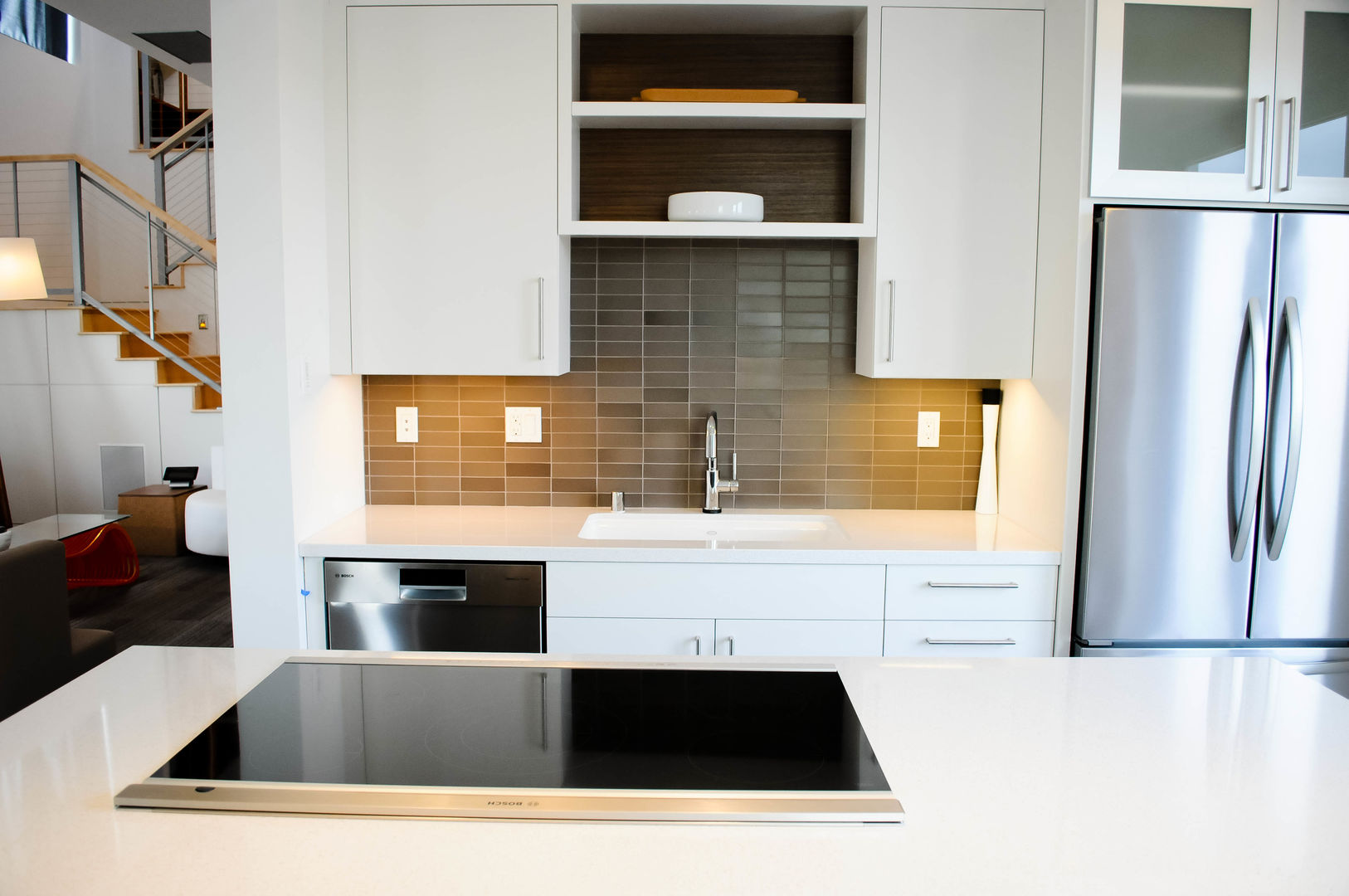
Finally, the whole house was fitted out with the most energy efficient appliances on the market, and furniture from recycled materials.
At present, nobody lives in the Honda Smart Home. It’s a demonstration project for showcasing Honda’s technologies, and for trying out some more experimental ideas.
But if you wanted a home like this, you can have one. The whole project has been open-sourced, so anyone can download the full architectural plans and technical specifications, and build one for themselves.